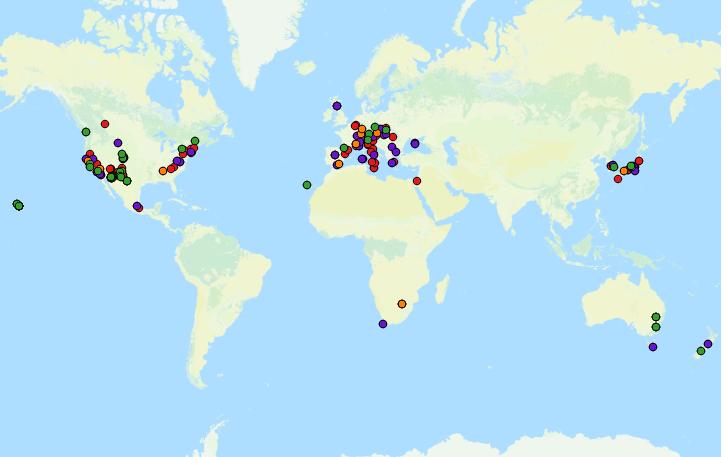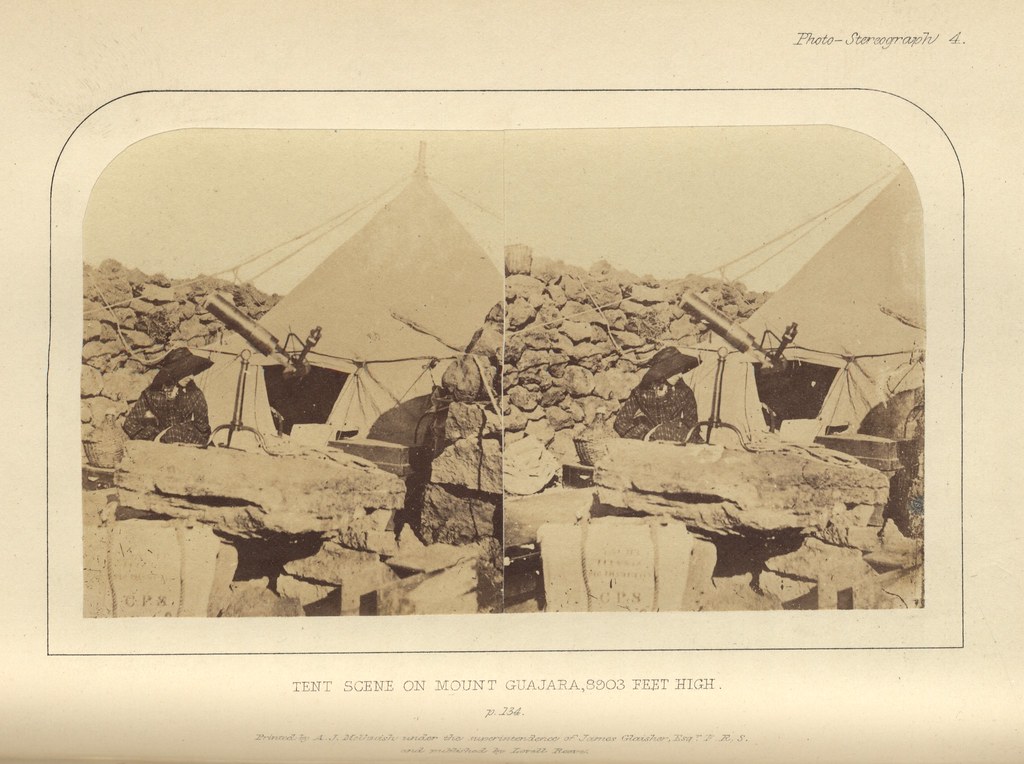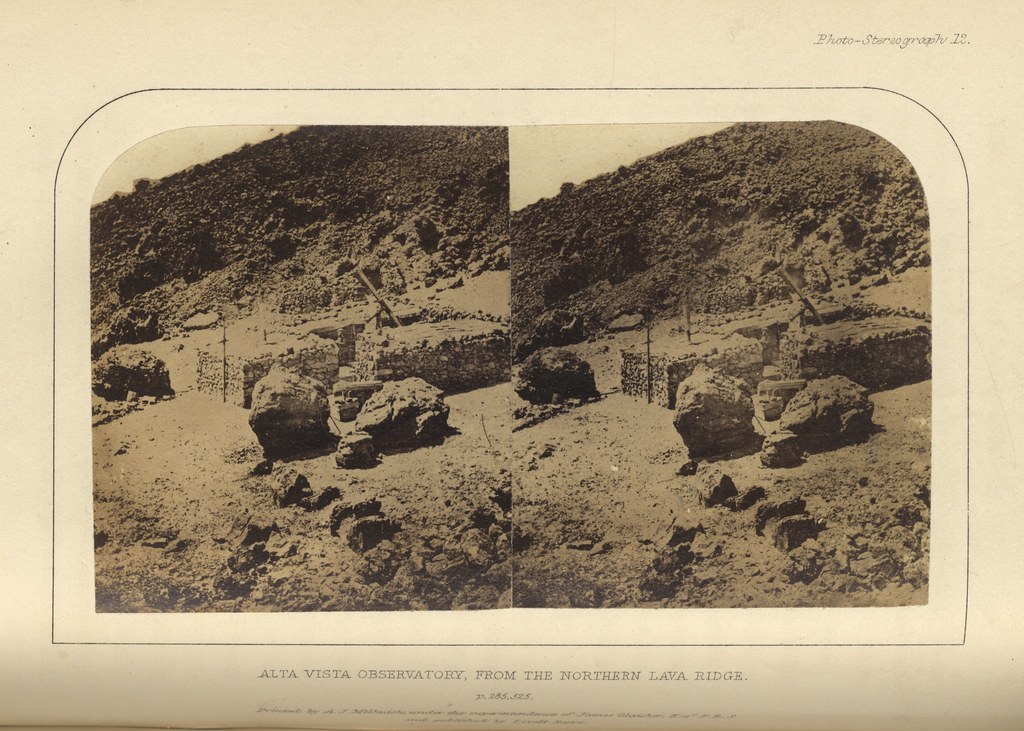Bit harder in the UK but we do have an amateur facility at Keilder https://kielderobservatory.org which is only a couple of Km from GM/SS-161
Hi Keith,
another SOTA - Observatory is
VE2/ES-003 Mont Mégantic - Observatoire du Mont-Mégantic
SOTA activations are welcome here (during the day) and it is popular with activators.
Malcolm VE2DDZ
4.15km as the crow flies
From the AA list of major observatories - Observatories within 10km of a SOTA summit.
Key:
- Green < 1 km
- Orange < 2 km
- Purple < 5 km
- Red < 10 km
That would give Tom another reason to activate The Cloud - Jodrell Bank well in view!
Mt Stromlo VK1/AC-043 in Australia’s Capital Territory, has an active Observatory.
See the link to advanced instrumentation.
Also, Orroral Peak VK1/AC-012 overlooks the former Orroral Valley NASA Deep Space tracking station decommissioned in the 80s.
The CSIRO/NASA Canberra Deep Space tracking station is adjacent to Bullen Range VK1/AC-033.
73 Andrew VK1AD
Here’s a map link for all the active SOTAs within 10km of an observatory on the AA list:
Just as an item for discussion - far from complete. The description on each marker tells you the closest observatory and the distance.
Hi Keith,
No need to apologize. Don’t worry.
I’m still thinking on possible ways to combine these 2 activities, as the activation of observatories clearly draw a lot of interest and will probably take a lot of hams out onto the observatories. Not only SOTAists but also non (yet) SOTAists, if we manage to advertise it conveniently…
I’ll let you know if I come out with something, but I’d welcome and take into consideration any ideas.
73,
Guru
Hi Simon,
I think we need to say that if a SOTA summit has an observatory on it - that is the Summit that should be activated. Looking at Wendelstein in South East Bavaria (DL/MF-079) you have 12 possible SOTA summits that could see the Observatory.
I think we need to agree what “in view of the observatory” means (Igf we even allow that) - obviously on a clear day from a high mountain such as Zugspitze (DL/WS-001) in Germany, from it’s almost 3000m height you can see an awful lot of Bavaria but that’s not really “near” to the Observatory in e.g. Munich.
In any case, do we have a planned date for this action? I know the original date suggested would clash with the trans-equatorial action. I think combining the two actions would only work if the TEP action doesn’t need the activator on the summit for propagation reasons, either very early or very late in the (local) day as the “Observatory Summits” may take some time to get to and to get down from.
73 Ed.
Hi Ed.
Well I don’t want to express a strong view here - I think it’s really for Keith to take on input from you all and see how he wants to play it.
In that map with the simple 10-km cut-off I left it with multiple SOTAs per observatory in some cases. Partly this is laziness, but also if the observatory is on a SOTA but they say “No!”, perhaps consider the near neighbour…
Anyway, given a list and a cut-off distance it’s easy enough to play, but definitions like “in view of” are more challenging!
Hi Simon,
Sorry I may have come over a bit strong - not intended. Your map is a great help to point out possibilities and then look at them in more detail.
I was the one who suggested that “near to the observatory” might be an option, I’m now thinking in fact it ought to be simply SOTA summits with Observatories on them.
As you say however, this is for Keith to decide but I find the idea GREAT - hopefully we can make this happen soon.
73 Ed DD5LP / G8GLM.
I’m so excited to read all these responses! I think we definitely can come up with something that will work. The number one goal, of course, will be to have an event that will be enjoyable for both Activators and Chasers.
Regarding the dates - I really would like to see Guru’s TEP event succeed and I think it may best to keep things focused on that during the equinox.
“International Astronomy Day” is April 21, 2018, so perhaps we could do this during the week of April 15 - April 21? There are a few reasons I think a whole week would be better than a single day - we would get more participation, less probability of conflict with a contest, etc.
Regarding the definition of “Observatory” - I have no problem whatsover with expanding this to include summits with “observatories” that have scientific purposes other than astronomy (weather is the most obvious).
There are some excellent suggestions for additions to the list above, and the map is fantastic - I think by the time we have the event, an “official” list of qualifying summits could be developed. And I agree that it makes sense to come up with some criteria to allow for activations that are not directly on the same summit to be included - does the 10km distance make sense? If there are more than one within 10k, maybe we should only use the closest one that is accessible?
Lots to think about but let’s keep it simple too, the main point is to get out with some radios, see some cool observatories, and share that with the chasers and ham community!
73,
Keith KR7RK
There is one near Dalmellington SW Scotland called Scottish Dark Sky Observatory, it is about 5 km north of GM/SS-152. Not sure if it visible from the SOTA summit. I found about 10 listed in Scotland but unfortunately most are too far from a summit except Arthur’ Seat.
73 Neil
Hi Keith,
If you consider adding weather stations (manned research centres I presume rather than remote automated ones) then the number of summit options increases, so I would suggest that the “scientific, climatic or astronomy research facility” should be on the same summit as the SOTA summit (it can be down the hill or whatever but “on” the same summit).
That’s my two penneth anyway…
April 15th. - 21st. sounds fine here - I could get to more than one astronomy or weather research centre summits in that time and avoiding contest Saturday/Sunday activations makes life easier (for those who can get out during the working week).
73 Ed.
After Keith first suggested this event I was asked about EA8/TF-001, Teide, on Tenerife. I said that it wouldn’t count. I now want to rethink that…
… In fact there is an Observatorio del Teide. I worked there on several occasions and it was a desire to check whether perhaps “Izaña” might be a valid, unlisted summit that got me into prominence analysis in the first place!
But that’s not the reason. Izaña is actually more than 13 km from Teide and a little in excess of 11 km from the nearest SOTA summit, EA8/TF-003. No, it’s a question of history. And I should have remembered, as my supervisor from the time of my trips to Tenerife had a keen interest in a certain Victorian astronomer.
I suppose many of you will have heard of Robert Baden-Powell, in particular if you have any involvement with the scouting movement. Well, perhaps you didn’t hear of his uncle (his mother’s brother).
Charles Piazzi Smyth was the son of an admiral. From 1846 until 1888 Smyth was Astronomer Royal for Scotland.
At the time there was some discussion about whether or not astronomical observation would benefit from moving to high altitude. Newton had said as much, but many thought the weather at altitude would be worse, so better to stick at sea level. Smyth determined to settle the matter and persuaded the Admiralty to fund an expedition to Tenerife in 1856. Robert Stephenson, of railway fame, was a friend to Smyth and leant his yacht, Titania.
The whole expedition is described in Smyth’s 1858 book Teneriffe, an astronomer’s experiment. This is a really entertaining read. It has a lot in common with a DXpedition I suspect, but imagine mules with telescopes and the men (and Smyth’s new wife) in Victorian clothing.
Travelling with two sizeable telescopes there was some concern about the practicality of getting up Teide. So the first target was EA8/TF-002, Guajara, taking the smaller of the two instruments, assisted by the second mate and carpenter from Stephenson’s yacht.
They arrived at the summit a little before sunset and were lucky with conditions, being able to get tents erected quickly (starting with Mrs. Smyth’s - see above), to bed down for the night. In the days that followed one of the most important tasks was to build a set of walls to give some protection from the anticipated high winds. These walls still stand and may be seen on Google Streetview or, for instance, M0JCQ’s blog.
Straight away Smyth got excellent results with his telescope and made interesting meteorological observations also. Spanish friends visited, with copious supplies of goats’ milk. At one point one of the sailors disappeared, only to be led back the next day in a very sorry state by a goat heard, having wandered far across Las Cañadas!
Here is the second mate noting the temperature of a black thermometer (to measure solar radiation):
You might be wondering why these pictures are doubled up. They are stereoscopic, and rendered by a certain Mr Melhuish of Blackheath (but not a close relative to me, so far as I know!).
Having proved the value of high-altitude observation Smyth decided to relocate to Teide. The actual site chosen was not quite at the top, where it was thought the emissions from the volcano might interfere, but at Alta Vista, about 2/3 of the climb from Montaña Blanca. Also, the larger telescope, having been divided into smaller loads, would now be taken.
In this view you can see a similar arrangement of walls:
This time they really needed it as summer was turning to autumn and the weather turned rather nasty. But apparently the sailors felt quite at home. In the brief spells of clement weather Smyth was able to demonstrate exceptional results from the telescope, so the expedition was certainly a success.
It seems that in this case the old walls have been lost to later rebuilding, and this has become Altavista del Teide Refuge.
Finishing with a visit to the ice cavern near the summit Professor & Mrs Smyth returned to Oratava, took leave of their Spanish friends and headed home on the Titania.
The book is great fun, also with descriptions of the vegetation (Dragon Trees for instance) and the geology (which he didn’t quite get right, I’m told).
Later in life Smyth became obsessed with measuring pyramids. His views seem to have stretched to the unorthodox. He would be popular now with metric martyrs, having determined that the inch was divinely inspired, upon finding that the dimensions of the Great Pyramid were in inches. He was wrong on this one!
So, in conclusion:
- EA8/TF-002 - good as an observatory summit, so long as historic is Ok
- EA8/TF-001 - good as an observatory summit, so long as historic and on the same mountain is Ok
The Las Brisas Observatory is within 6 KM of Blue Mt. (W0C/FR-091), and
within sight of Pikes Peak, W0C/FR-004, Colorado.
It also has radio equipment.
See http://www.qrz.com/db/w6jm/ and [http://www.LBO.teuton.org/ .
It is at 8500 feet elevation.
Paul w0rw
Hi Keith,
Have you finally searched and chosen any new date for the Observatories event itself or should we better run both TEP and the Observatories events together in the same week from March 19th to 25th?
What do you readers of this Reflector think about it?
To me, the more activators and chasers are QRV on the bands, the better and I don’t see why those activating summits near Observatories can’t do it in the afternoon or even the evening in order to explore the TEP phenomena and try to work any stations across the Equator through this propagation mode.
73,
Guru
Hi Guru,
I for one, can’t get to the one observatory that is a SOTA summit that I have found (Wendelstein DL/MF-079), next Friday as it’s a bit of a journey from here. In fact the cable car is out of service because of a technical fault at the moment. There is the alternative cog-railway but that’s an even longer drive. Oh no the Gipfelweg (the path from the top of the railways up to the observatory) is closed also at the moment so summit access simply is not possible.
April 21st. “International Astronomy Day” would be better for me - and that coincides with the EU-NA S2S day, so an afternoon activation (but this might be too early for TEP as the last train down is at 4pm local and it’s at least a 30 minute walk down to the station from the summit).
Lets see what Keith has decided.
73 Ed.
I think we should allow the TEP event to be the focus for next week, rather than running them both together.
For the Observatories event, I was wondering if the week leading into the Autumnal Equinox (Sep 22) might be a good option? In Arizona where I live, the weather is ideal, and I think it would be ok for most of the US, but I’m not sure if late September will be a bad weather period for the rest of the world? I’d like to make it a date that generally is likely to work for as many areas as possible.
There have been some great suggestions and I do still think it would be a fun activity for SOTA so hopefully we can agree on a good date. If the Autumnal Equinox is not going to work, perhaps we should try to match it up to the April 21st International Astronomy Day.
73,
Keith
Hi Keith,
I think both events can contribute to the success of each other. The Observatory one can bring a good number of activators to SOTA summits and the TEP one can bring also activators to the summits with the aim of trying and experimenting on an interesting propagation mode in that week, as long as they are in their summits at the good times (i.e. 15h to 19h local time for aTEP and 20h to 23h local time for eTEP)
Moving the Observatory Week event to the Autum equinox will not prevent it from coinciding with the TEP event, because, as I explained in the TEP WW SOTA WEEK thread, my intention is to run the TEP WW SOTA WEEK event twice a year in the week of the two equinoxes along the year over a whole solar cycle. This means that, as long as you run your Observatory event in the equinox week too, it will always coincide with the TEP event.
Being April 21st the International Astronomy Day, I think it’s better that the International SOTA Observatory Week event takes place now in the Spring equinox together with the TEP WW SOTA WEEK event.
But, of course, I leave it fully up to you.
Whatever you decide, I’ll be OK with it.
Sincerely,
Guru
Summit:
F/AM-099: Pic de Château Renard - 2989m, 10 Points
http://www.sotadata.org.uk/SummitReport2.aspx?summitid=17438
https://www.sota.org.uk/Summit/F/AM-099
Observatory:
Observatoire du Pic de Château Renard
Access: Regulated in July/August. Need a prior authorization.




